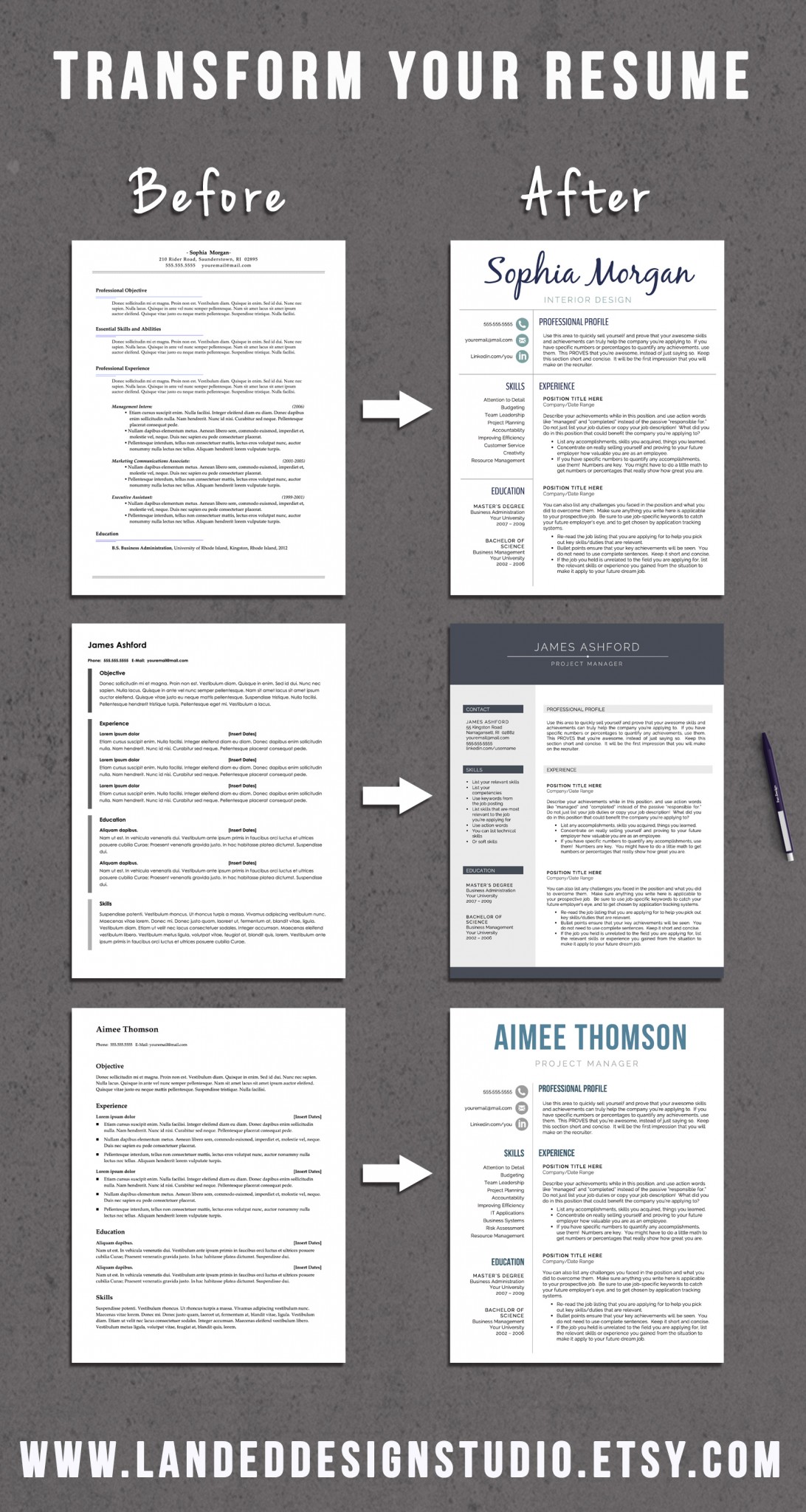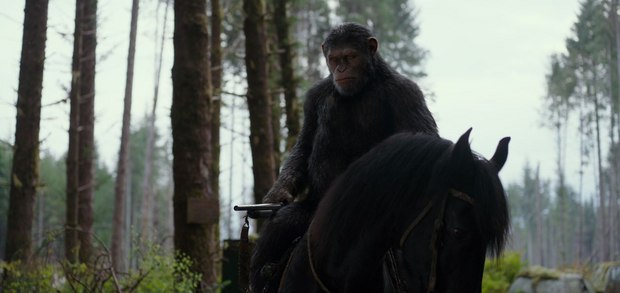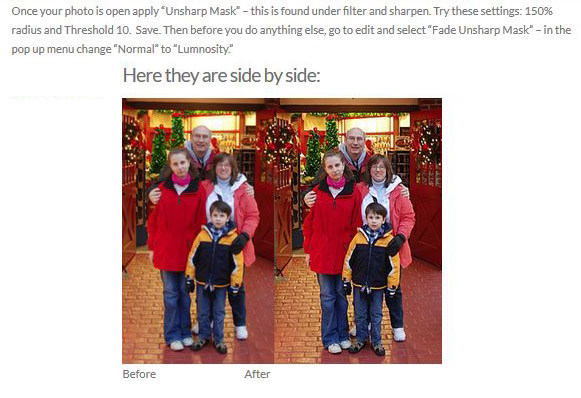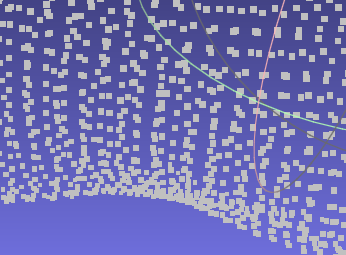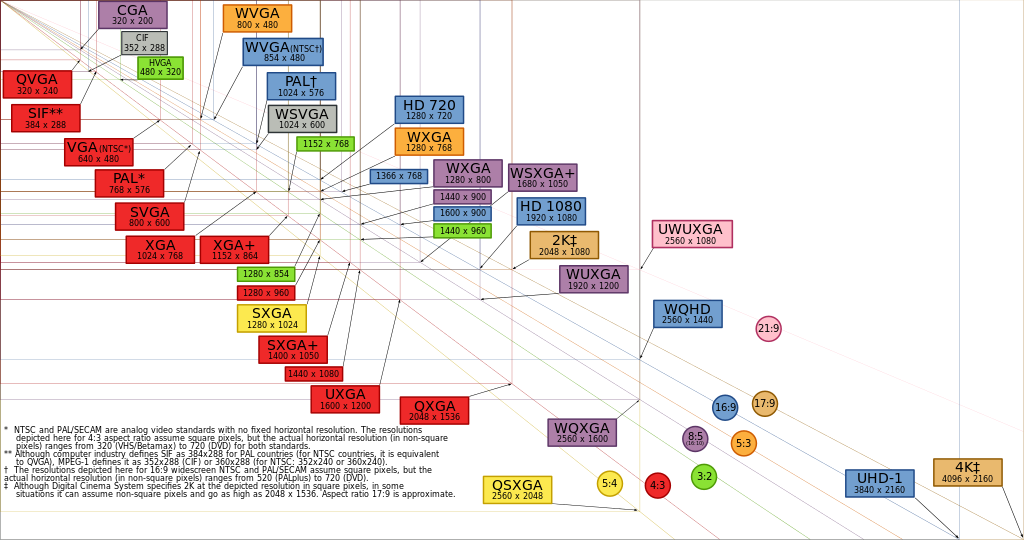




3Dprinting (176) A.I. (761) animation (340) blender (197) colour (229) commercials (49) composition (152) cool (360) design (636) Featured (69) hardware (308) IOS (109) jokes (134) lighting (282) modeling (131) music (186) photogrammetry (178) photography (751) production (1254) python (87) quotes (491) reference (310) software (1336) trailers (297) ves (538) VR (219)
Category: production
-
Pattern generators
http://qrohlf.com/trianglify-generator/
https://halftonepro.com/app/polygons#
https://mattdesl.svbtle.com/generative-art-with-nodejs-and-canvas
https://www.patterncooler.com/
http://permadi.com/java/spaint/spaint.html
https://dribbble.com/shots/1847313-Kaleidoscope-Generator-PSD
http://eskimoblood.github.io/gerstnerizer/
http://www.stripegenerator.com/
http://btmills.github.io/geopattern/geopattern.html
http://fractalarchitect.net/FA4-Random-Generator.html
https://sciencevsmagic.net/fractal/#0605,0000,3,2,0,1,2
https://sites.google.com/site/mandelbulber/home
-
Processing – a flexible software sketchbook
Processing is a flexible software sketchbook and a language for learning how to code within the context of the visual arts. Since 2001, Processing has promoted software literacy within the visual arts and visual literacy within technology. There are tens of thousands of students, artists, designers, researchers, and hobbyists who use Processing for learning and prototyping.
» Free to download and open source
» Interactive programs with 2D, 3D or PDF output
» OpenGL integration for accelerated 2D and 3D
» For GNU/Linux, Mac OS X, Windows, Android, and ARM
» Over 100 libraries extend the core software -
Cronjob helper
https://crontab.guru/#0_7-19_*_*_*
crontab myCrontabName
crontab -e (edit cronjob)
crontab -l (list cronjobs)
crontab -r (remove cronjob)Example edit outside vim
crontab -l > file [ copy the crontab to a file ].
vi file [ make changes to the file as per your need ]
crontab file [ this makes the “file” as new crontab ]Example file
MAIL=me@email.com
SHELL=/bin/tcsh
0 5 * * MON source /home/username/file.bat
COLLECTIONS
| Featured AI
| Design And Composition
| Explore posts
POPULAR SEARCHES
unreal | pipeline | virtual production | free | learn | photoshop | 360 | macro | google | nvidia | resolution | open source | hdri | real-time | photography basics | nuke
FEATURED POSTS
-
Eddie Yoon – There’s a big misconception about AI creative
-
RawTherapee – a free, open source, cross-platform raw image and HDRi processing program
-
Photography basics: Color Temperature and White Balance
-
Google – Artificial Intelligence free courses
-
Sensitivity of human eye
-
Photography basics: Lumens vs Candelas (candle) vs Lux vs FootCandle vs Watts vs Irradiance vs Illuminance
-
How does Stable Diffusion work?
-
Yann Lecun: Meta AI, Open Source, Limits of LLMs, AGI & the Future of AI | Lex Fridman Podcast #416
Social Links
DISCLAIMER – Links and images on this website may be protected by the respective owners’ copyright. All data submitted by users through this site shall be treated as freely available to share.


